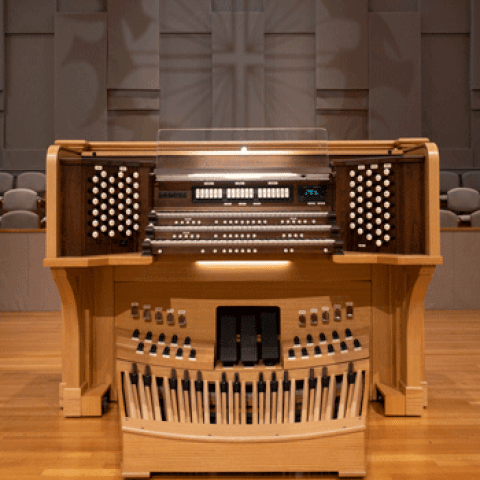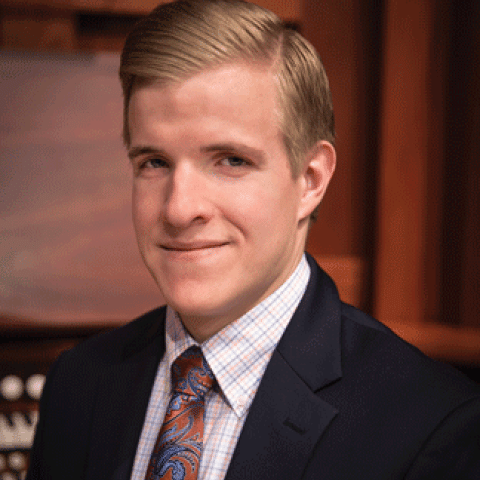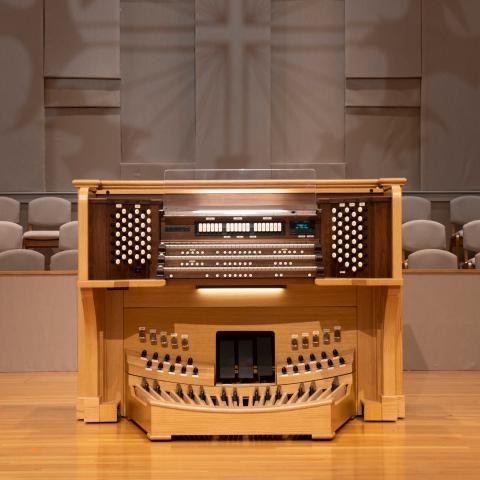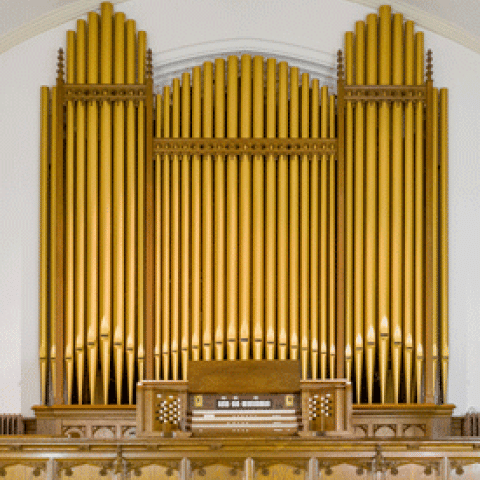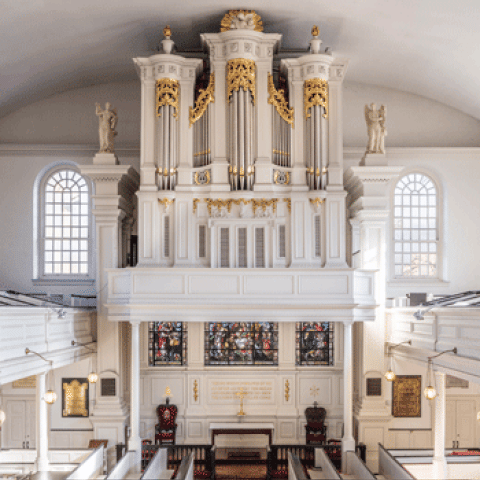Grant Wareham plays Étude Héroïque, op. 38, by Rachel Laurin at Derry Presbyterian Church, Hershey, Pennsylvania.
The church's Aeolian-Skinner Organ Company Opus 1132 has been relocated and restored by A. Thompson-Allen Company, New Haven, Connecticut. Three manuals and pedal, 59 stops, 45 ranks, 2,794 pipes.
This organ is featured on the cover of the March issue of The Diapason:
https://www.thediapason.com/content/cover-feature-derry-presbyterian-church-hershey-pa
Wareham is Director of Music Ministry and Organist at Derry Presbyterian Church.
Builder’s website: www.thompson-allen.com
Church’s website: www.derrypres.org

